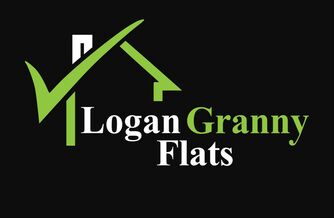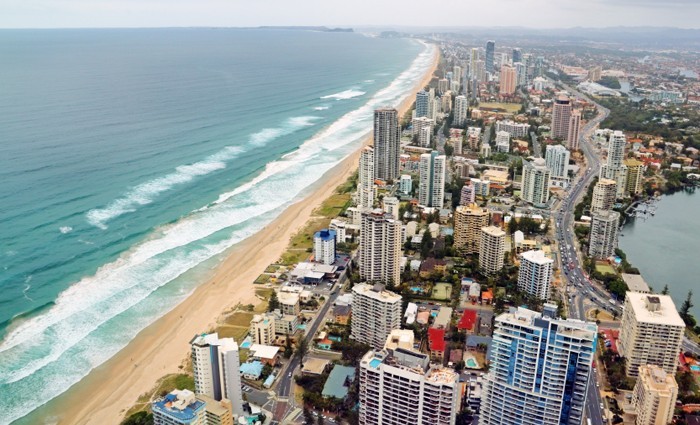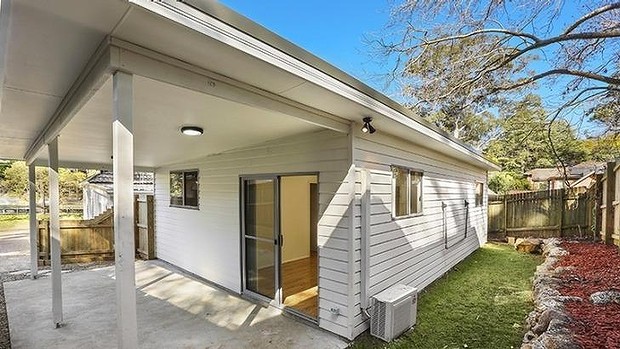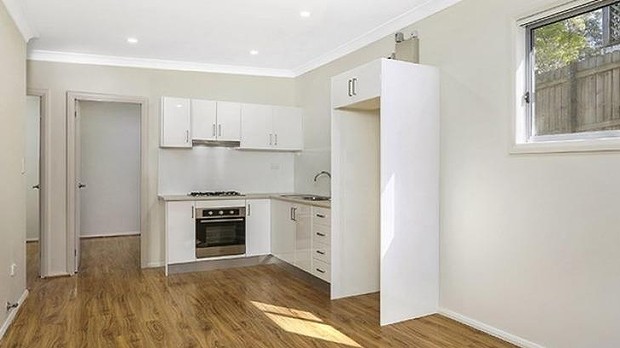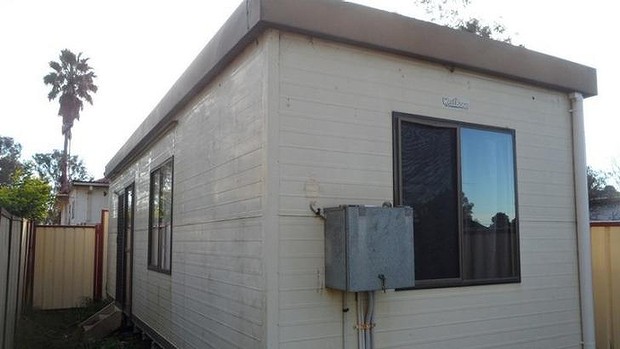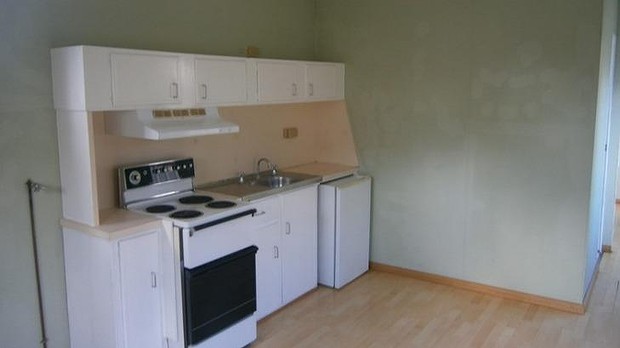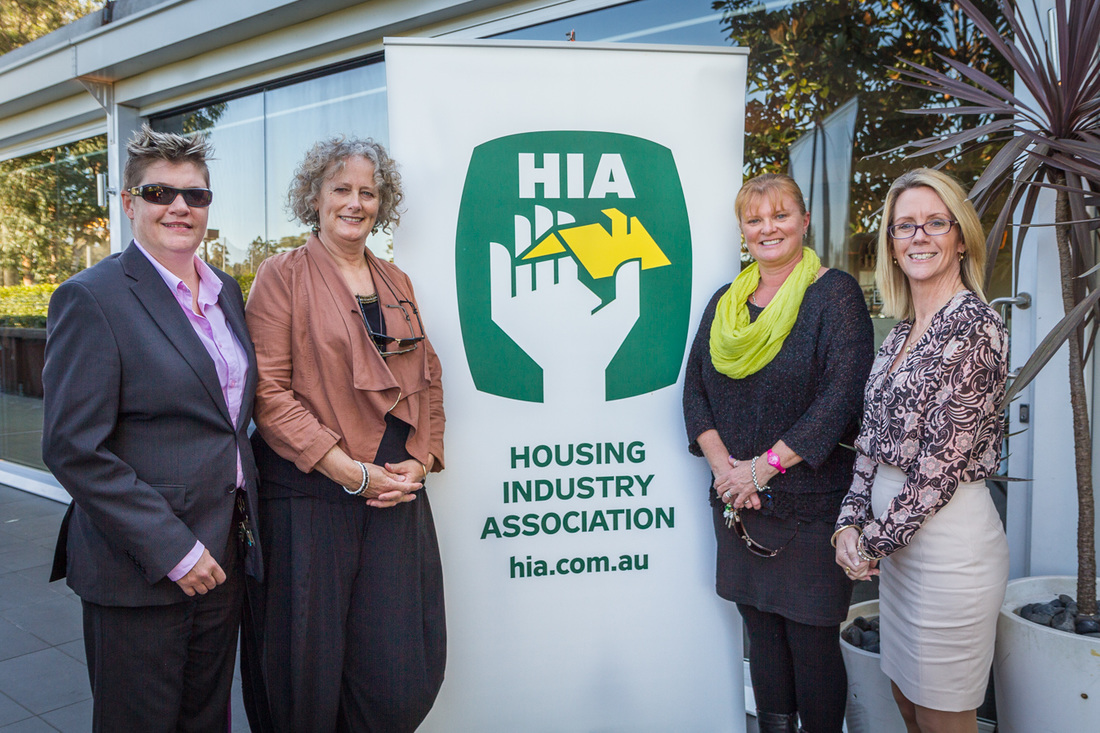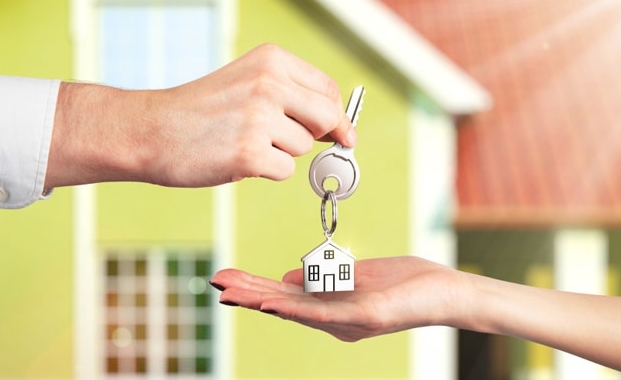Logan Granny Flats, your granny flat experts bring to you an excerpt of one of Australia’s top property industry analysts has to say about the SE Queensland property market.
2015 – Not sure where to buy your next investment property? South East Queensland is the place to be, according to a number of experts, including Terry Ryder. Here are his thoughts …
2015 – Not sure where to buy your next investment property? South East Queensland is the place to be, according to a number of experts, including Terry Ryder. Here are his thoughts …
Terry Ryder
1.12.14
1.12.14
There’s a pretty good argument that the hottest property precinct in Australia right now is South East Queensland.
Brisbane, the Gold Coast, the Sunshine Coast: Together they comprise a vast metropolitan area - ongoing urban growth means these three big centres have merged into one big conurbation which starts at the NSW border and extends 250 kilometers north to Noosa.
Brisbane, the Gold Coast, the Sunshine Coast: Together they comprise a vast metropolitan area - ongoing urban growth means these three big centres have merged into one big conurbation which starts at the NSW border and extends 250 kilometers north to Noosa.
All three have hot markets. The research conducted by Hotspotting for the latest edition of the Price Predictor Index revealed 254 suburbs across South East Queensland with rising sales activity.
To put that in perspective, the Sydney metropolitan area has 106 growth suburbs. If you add in the Central Coast, which has caught the growth wave from the capital city, there are 120 growth markets.
This shows that, while Sydney is the nation’s hottest big market in terms of price growth, it’s starting to fade (though not markedly, as yet), while South East Queensland is starting to rise.
So when you see headlines suggesting that the boom is fading and price growth is starting to dissipate, remember that it’s Sydney they’re talking about. There are markets elsewhere in Australia that are really just starting their run.
They include Adelaide and Hobart, as well as numerous regional cities in Queensland, New South Wales, Victoria, South Australia and Western Australia.
But the headline event is the rise of South East Queensland. While there has been some price growth in 2014, to date it has been fairly moderate.
The big shift has been in sales volumes and that’s what I mean when I say there are 254 growth suburbs in the region – 254 suburbs throughout Brisbane, the Sunshine Coast and the Gold Coast with distinct patterns of rising sales activity.
The greatest price growth will come in 2015.
I remain hesitant about the Gold Coast. There’s no doubt that the oversupply that has dragged down this market for five years has now been absorbed – and that there is a significant real estate recovery under way.
The heartening thing is that most of the growth suburbs on the Gold Coast at the moment are what I would call genuine housing markets – inland suburbs where houses are being sold, rather than coastal locations where highrise apartments are flogged to investors and speculators.
Unfortunately, that will change. Now that the Gold Coast is back on a growth path, developers are flocking back, intent on creating the next oversupply. Driven more by ego and greed than common sense, developers are competing for the title of biggest project and tallest tower.
And, like their counterparts in Melbourne, it’s all designed for sale to Chinese investors. It won’t end well.
Beyond that cautionary note, the message about Brisbane and South East Queensland looks highly positive at the moment.
The opportunity for investors lies in understanding that the rise in sale volumes we have seen in 2014 is a forerunner to significant price growth.
South East Queensland has more momentum now than does Sydney, but it’s not yet reflected in price growth data.
That is yet to come.
To put that in perspective, the Sydney metropolitan area has 106 growth suburbs. If you add in the Central Coast, which has caught the growth wave from the capital city, there are 120 growth markets.
This shows that, while Sydney is the nation’s hottest big market in terms of price growth, it’s starting to fade (though not markedly, as yet), while South East Queensland is starting to rise.
So when you see headlines suggesting that the boom is fading and price growth is starting to dissipate, remember that it’s Sydney they’re talking about. There are markets elsewhere in Australia that are really just starting their run.
They include Adelaide and Hobart, as well as numerous regional cities in Queensland, New South Wales, Victoria, South Australia and Western Australia.
But the headline event is the rise of South East Queensland. While there has been some price growth in 2014, to date it has been fairly moderate.
The big shift has been in sales volumes and that’s what I mean when I say there are 254 growth suburbs in the region – 254 suburbs throughout Brisbane, the Sunshine Coast and the Gold Coast with distinct patterns of rising sales activity.
The greatest price growth will come in 2015.
I remain hesitant about the Gold Coast. There’s no doubt that the oversupply that has dragged down this market for five years has now been absorbed – and that there is a significant real estate recovery under way.
The heartening thing is that most of the growth suburbs on the Gold Coast at the moment are what I would call genuine housing markets – inland suburbs where houses are being sold, rather than coastal locations where highrise apartments are flogged to investors and speculators.
Unfortunately, that will change. Now that the Gold Coast is back on a growth path, developers are flocking back, intent on creating the next oversupply. Driven more by ego and greed than common sense, developers are competing for the title of biggest project and tallest tower.
And, like their counterparts in Melbourne, it’s all designed for sale to Chinese investors. It won’t end well.
Beyond that cautionary note, the message about Brisbane and South East Queensland looks highly positive at the moment.
The opportunity for investors lies in understanding that the rise in sale volumes we have seen in 2014 is a forerunner to significant price growth.
South East Queensland has more momentum now than does Sydney, but it’s not yet reflected in price growth data.
That is yet to come.
